December 6, 2019 – February 9, 2020
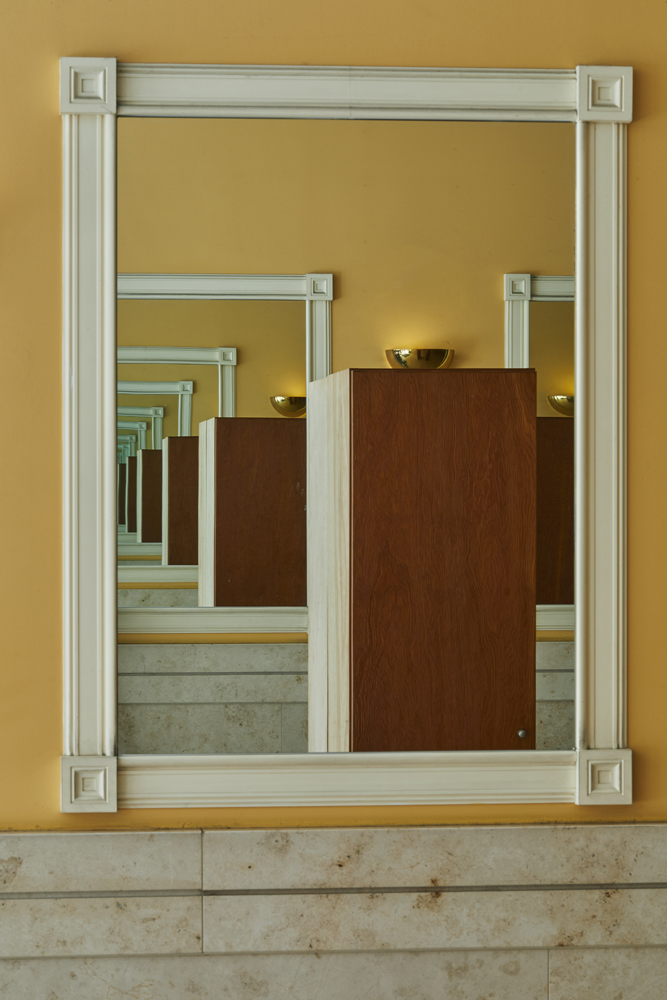
Opening Friday, December 6th, 6 – 8pm
Artists Space will open at 11 Cortlandt Alley with new work by Danica Barboza, Jason Hirata, Yuki Kimura, and Duane Linklater.
December 6, 2019 – February 9, 2020

Opening Friday, December 6th, 6 – 8pm
Artists Space will open at 11 Cortlandt Alley with new work by Danica Barboza, Jason Hirata, Yuki Kimura, and Duane Linklater.
Danica Barboza (b. 1988, New York) lives and works in New York and graduated from Cooper Union in 2012. Recent solo exhibitions include Omnia - Mercurial, Interposition, Galerie Buchholz, Cologne (2019); and EXPECTATIONS - HISTO-SATIS, Lomex, New York (2017). Barboza published a limited edition of her ongoing novel SPONDERE earlier this year and will be exhibiting a series of new works at the Schinkel Pavillon, Berlin, in early 2020.
Jason Hirata (b. 1986, Seattle, WA) lives and works in New York. Hirata holds a BFA in photography from the University of Washington. Recent solo exhibitions include Pelican, Svetlana, New York (2019); Veronica Project Space, Seattle (2019); Work Organized by Jason Hirata, Kunstverein Nuremberg (2019); The Brink, Henry Art Gallery, Seattle (2016); and Muscle Beach, Portland (2016). Coinciding with this exhibition at Artists Space, Hirata will present a solo exhibition at 80WSE, NYU.
Yuki Kimura (b. 1971, Kyoto, Japan) lives and works between Berlin and Kyoto. Recent solo exhibitions include Reception, Taka Ishii Gallery, Tokyo (2019); Inhuman Transformation of New Year's Decoration, Obsolete Conception or 2, CCA Wattis Institute, San Francisco (2016); Gluck50, Milan (2014); Izu Photo Museum, Japan (2010); and Daiwa Press Viewing Room, Japan (2009). Kimura has also participated in numerous group exhibitions worldwide, including Ocean of Images: New Photography, Museum of Modern Art, New York (2015); Better Homes, SculptureCenter, New York (2013); São Paulo Biennial (2012); and Daegu Photo Biennale, Daegu (2012).
Duane Linklater (b. 1976) is an Omaskêko Ininiwak artist and is currently based in North Bay, Ontario. Recent exhibitions include From Our Hands, 80 WSE Gallery, New York (2017); Field Station, Eli And Edythe Broad Art Museum, Michigan State University (2017); From Our Hands, Mercer Union, Toronto (2016); salt 11, Utah Museum of Fine Arts, Salt Lake City (2015); and It means it is raining, Institute of Contemporary Art, Philadelphia (2015). Recent group exhibitions include Soft Power, SFMOMA, San Francisco (2019); SeMa Biennale, Seoul, Korea (2016); and Walter Phillips Gallery, Banff, as part of dOCUMENTA (13) (2012).
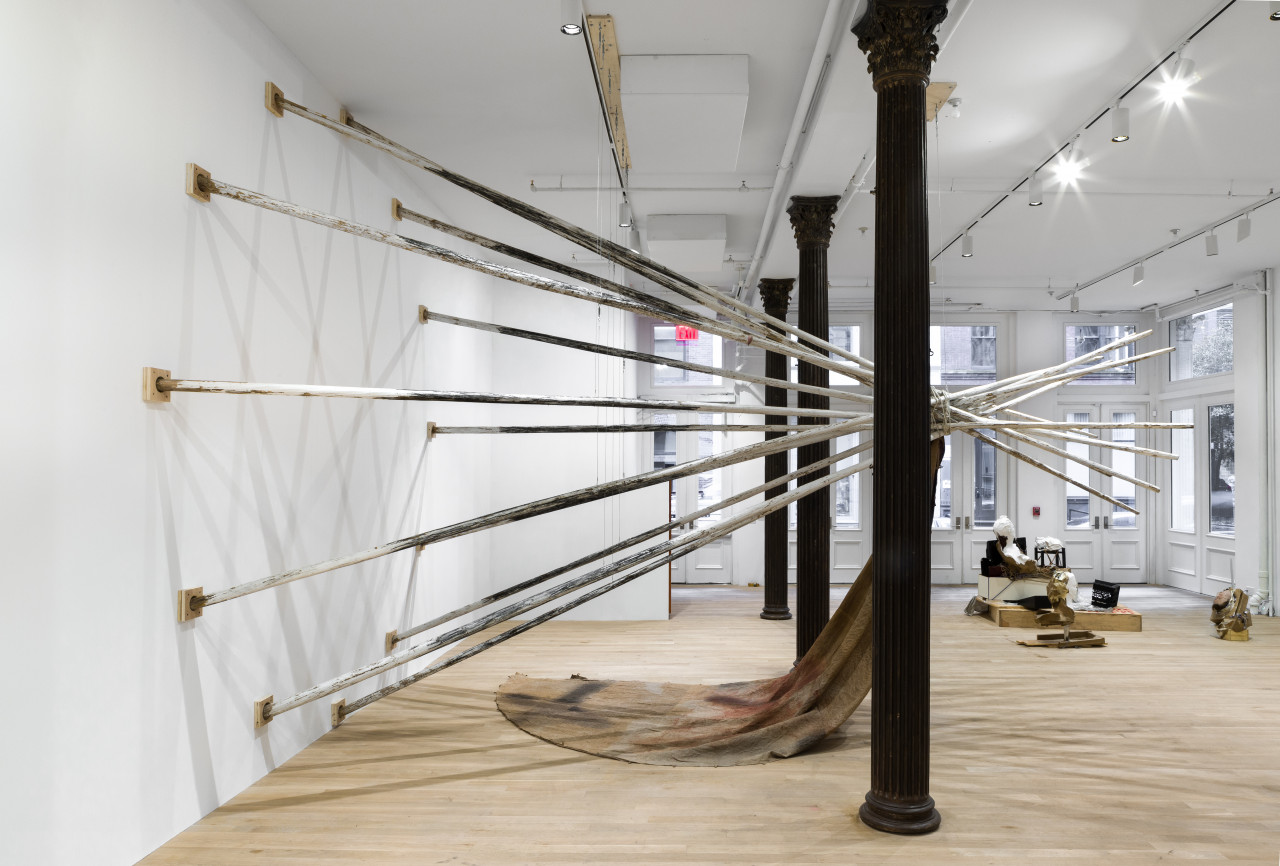
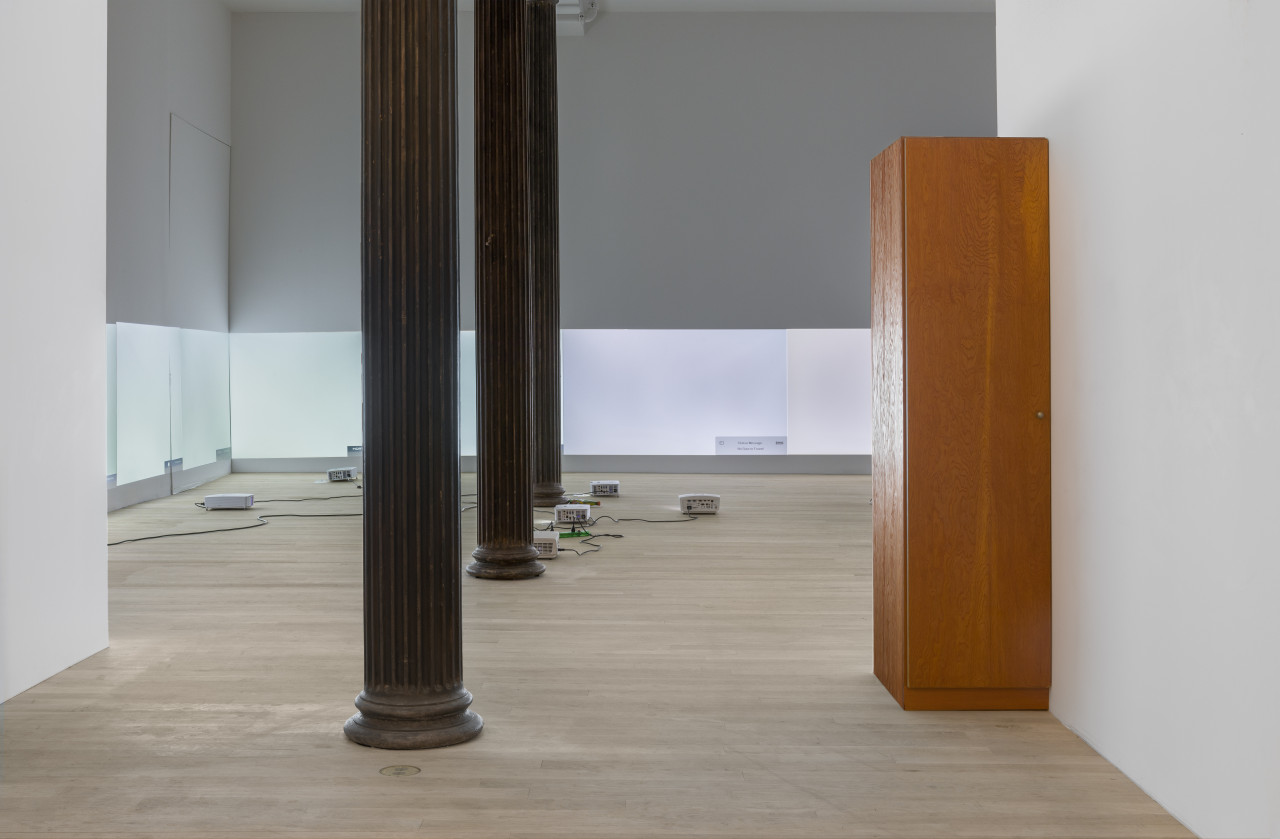

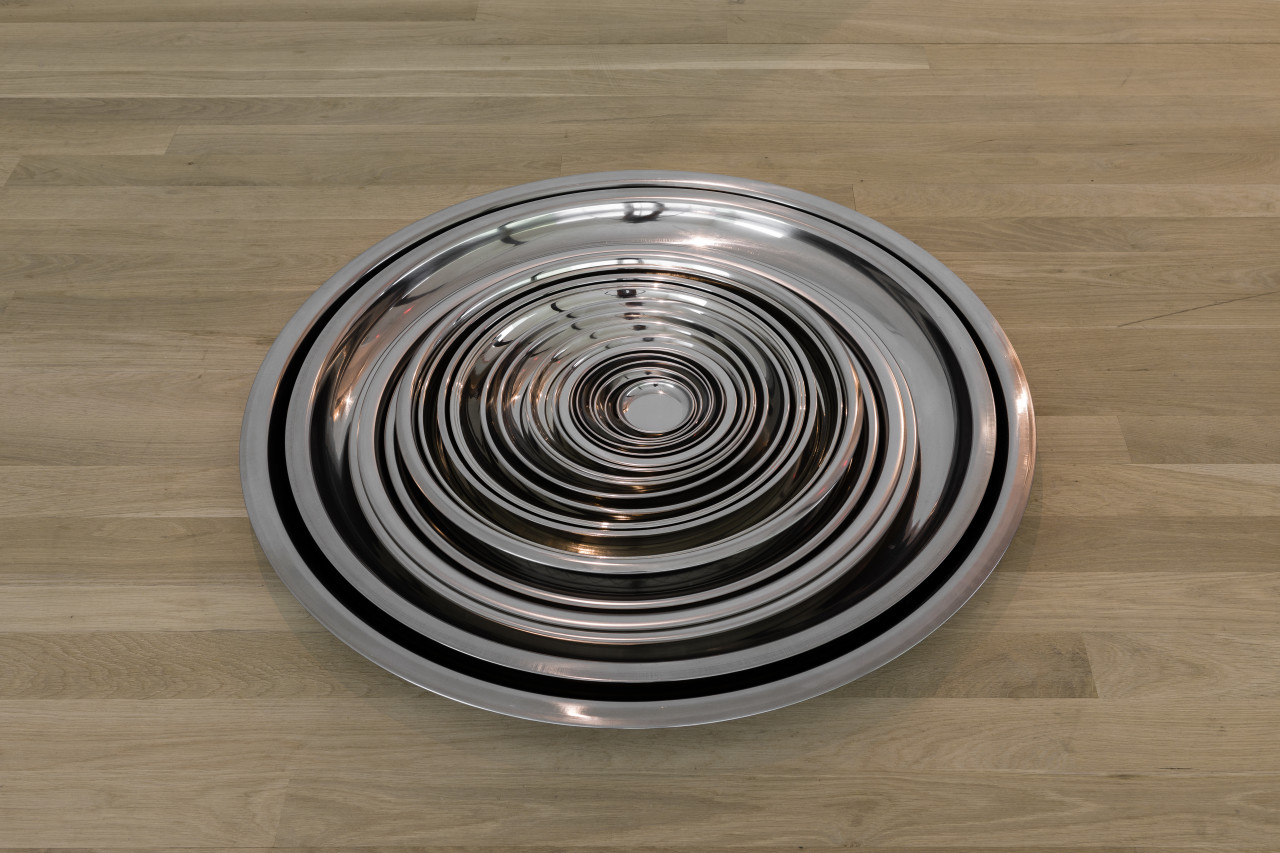
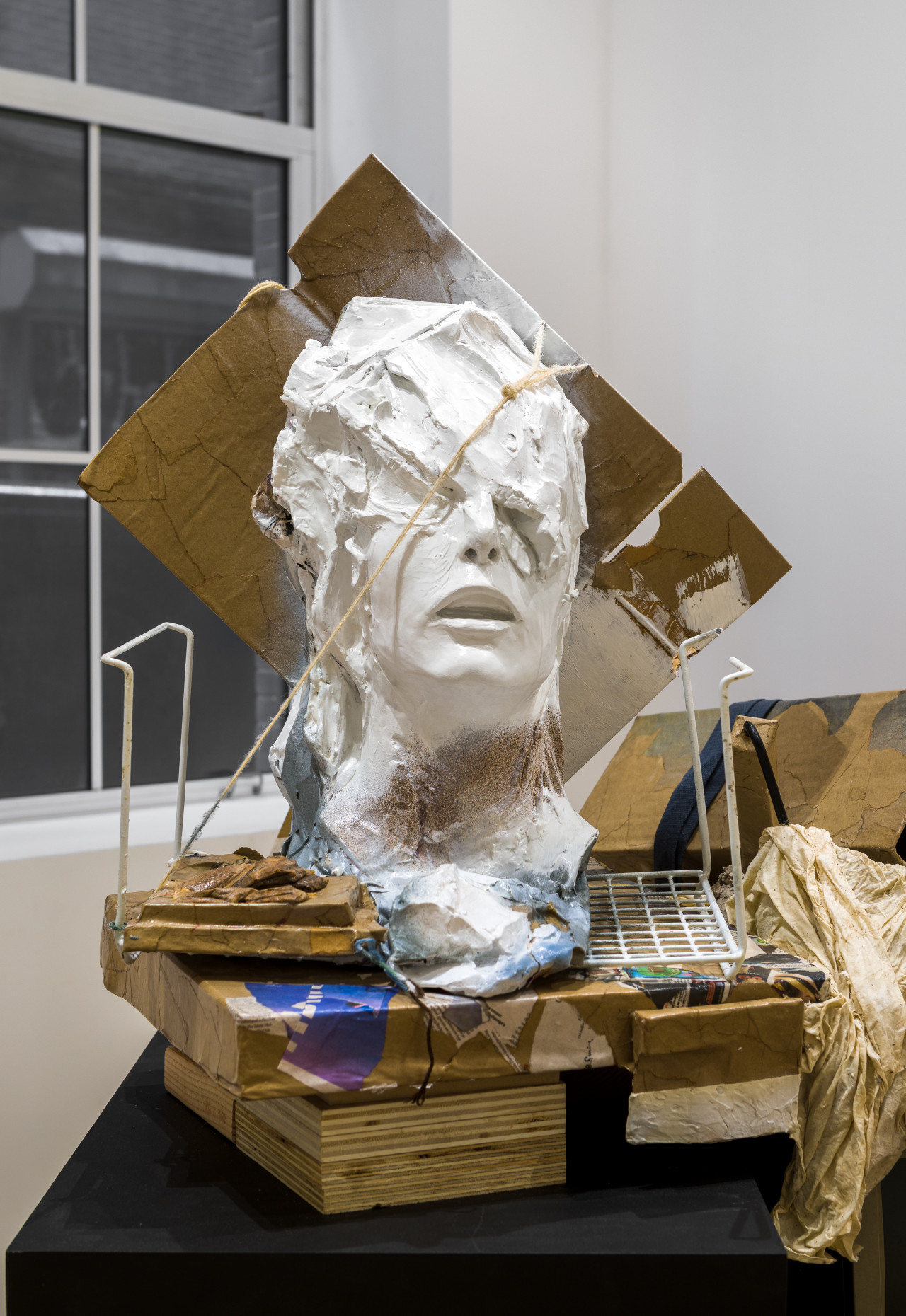
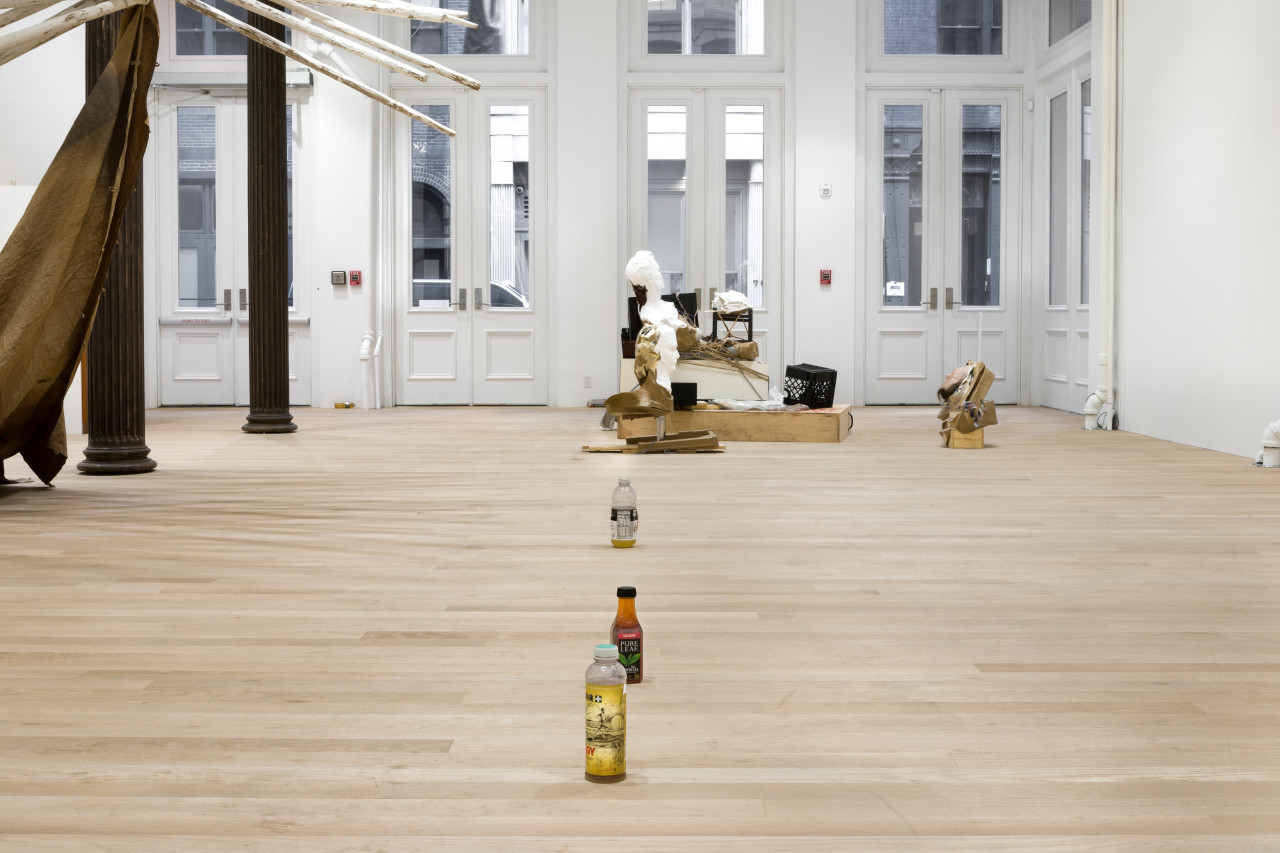
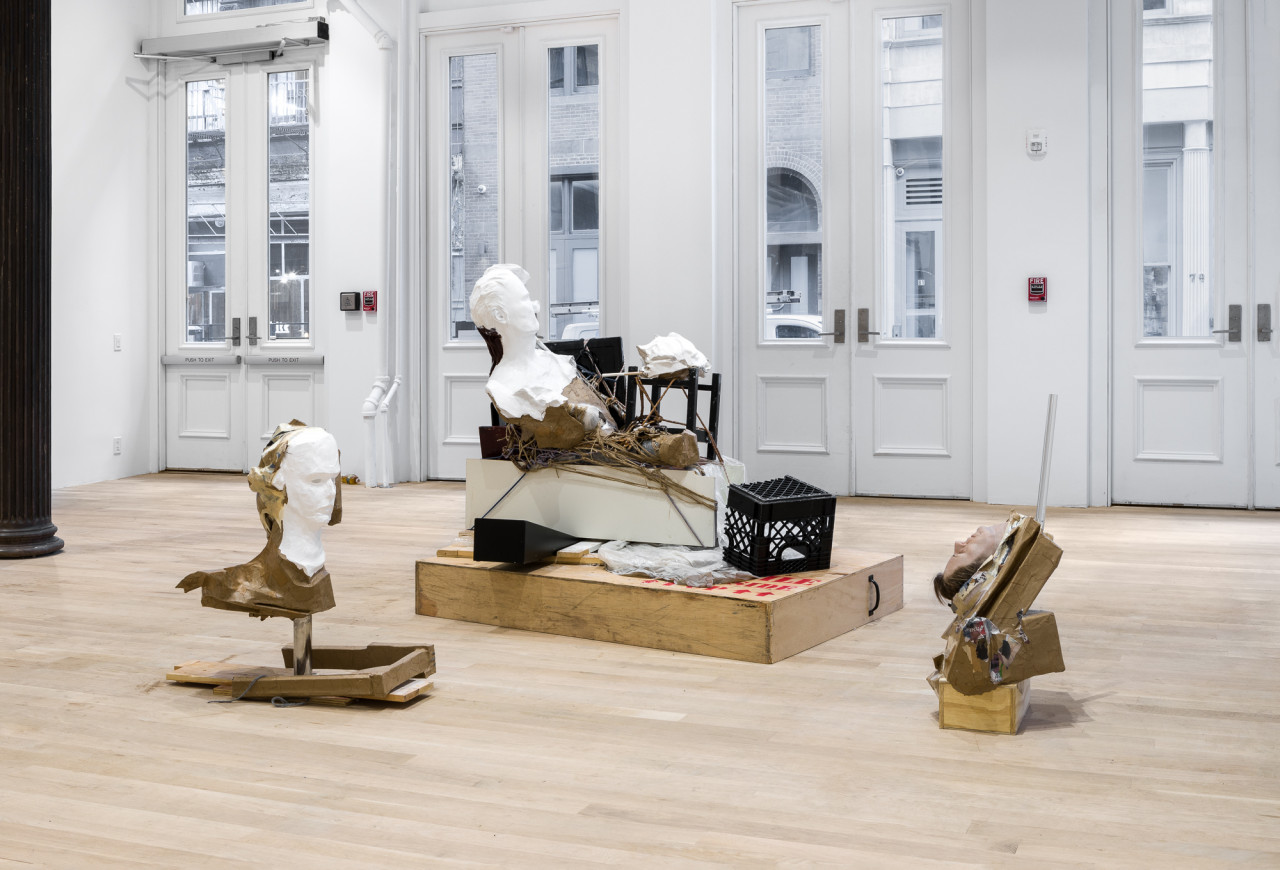
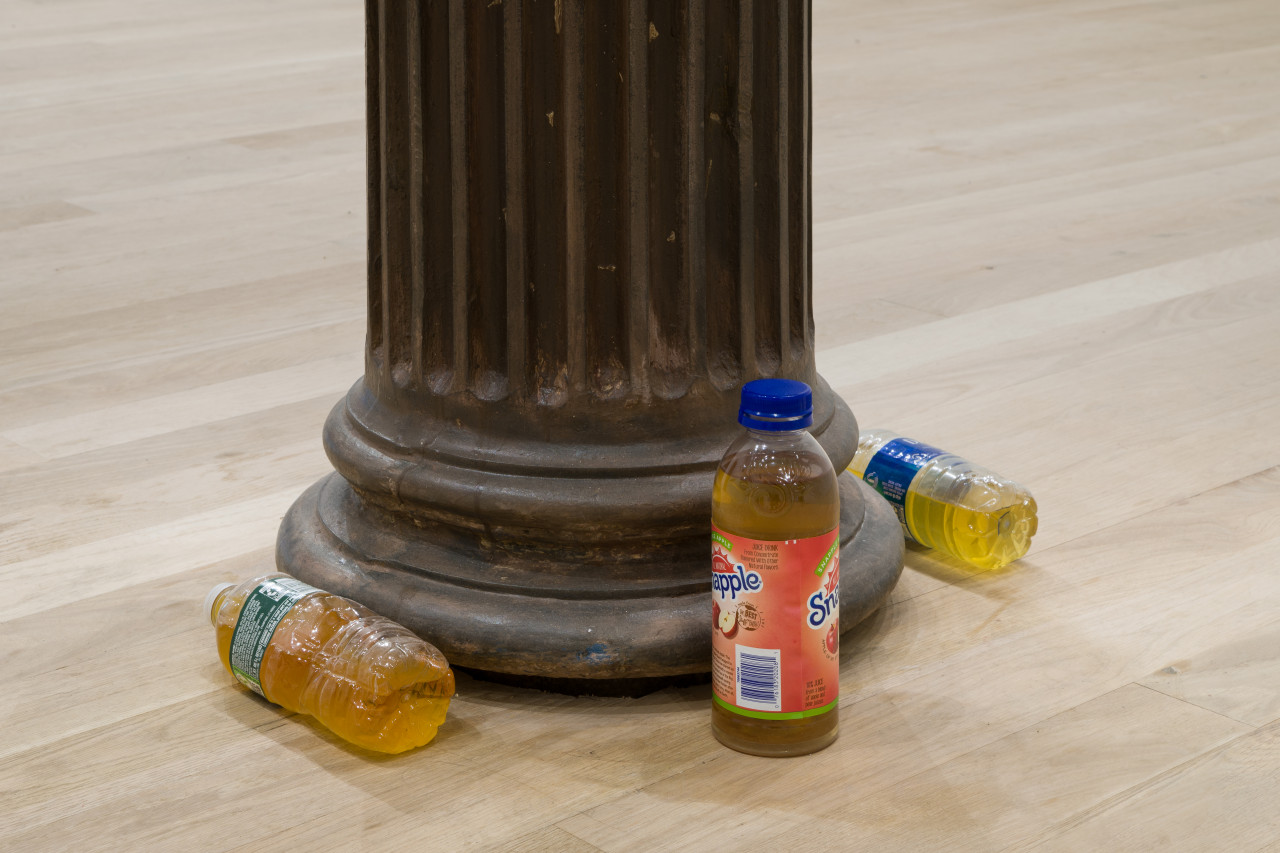
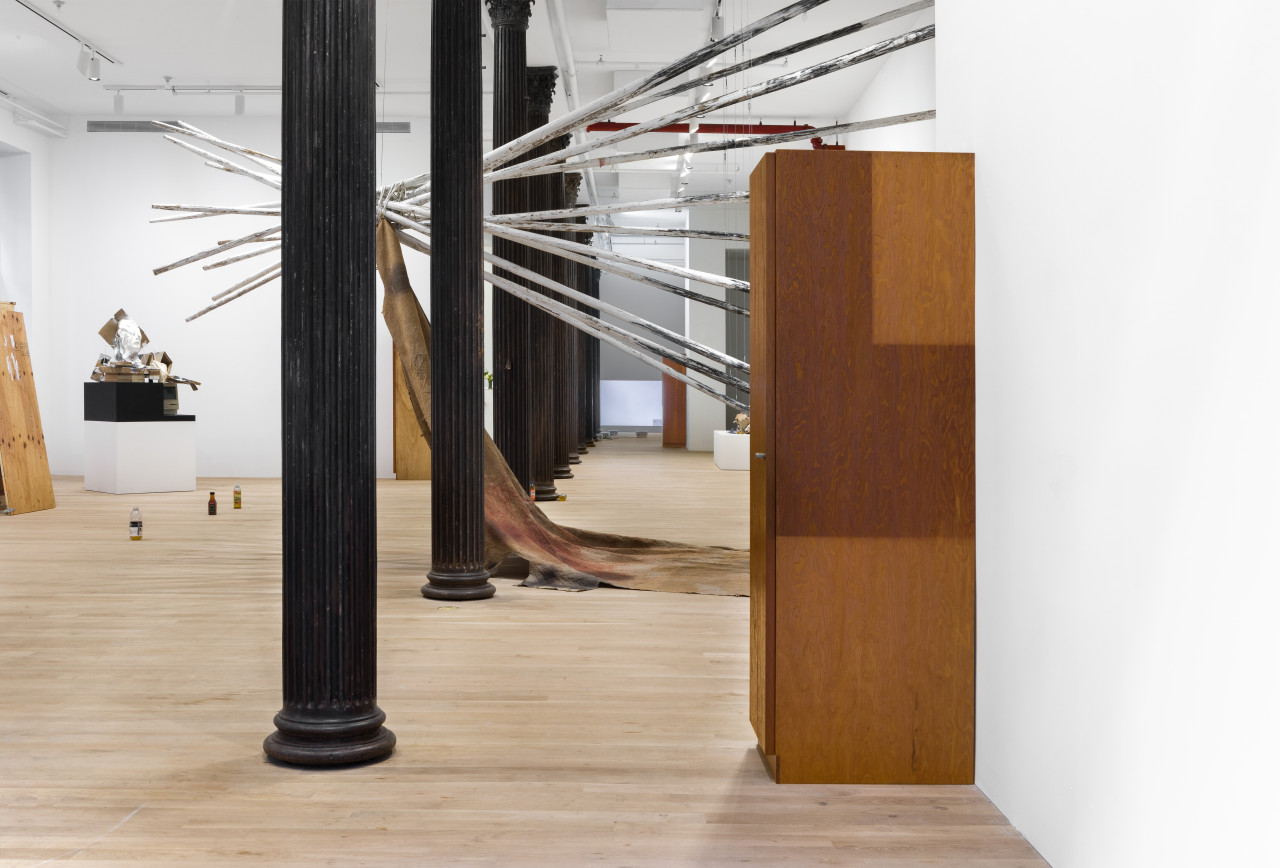
Lead support
VIA Art Fund
Support
Special exhibition support provided by Laurence Eisenstein & Robin Zimelman, Herman Goldman Foundation, and Taka Ishii Gallery.
Additional support provided by The Friends of Artists Space, Lambent Foundation Fund of Tides Foundation, May and Samuel Rudin Foundation, Atelier4, New York City Department of Cultural Affairs in partnership with the City Council, New York State Council on the Arts with the support of Governor Andrew M. Cuomo and the New York State Legislature.